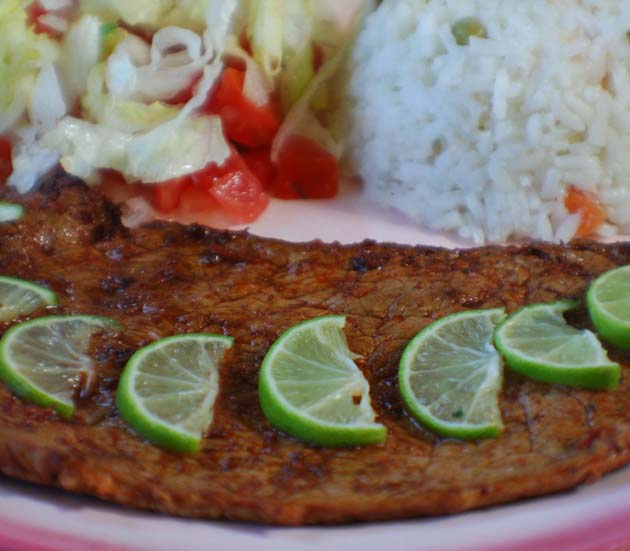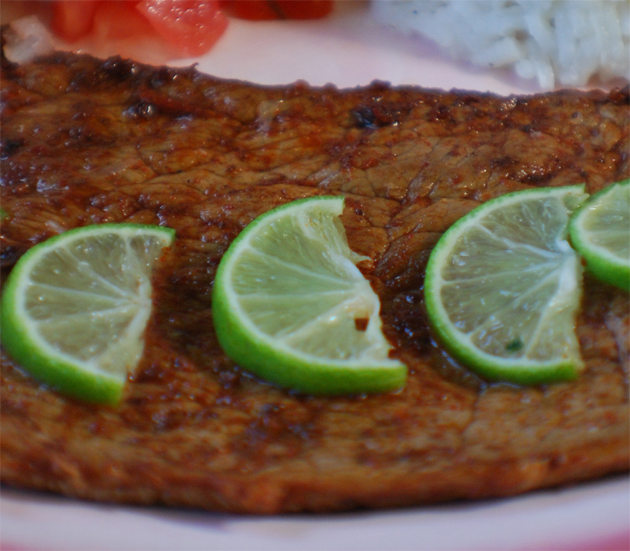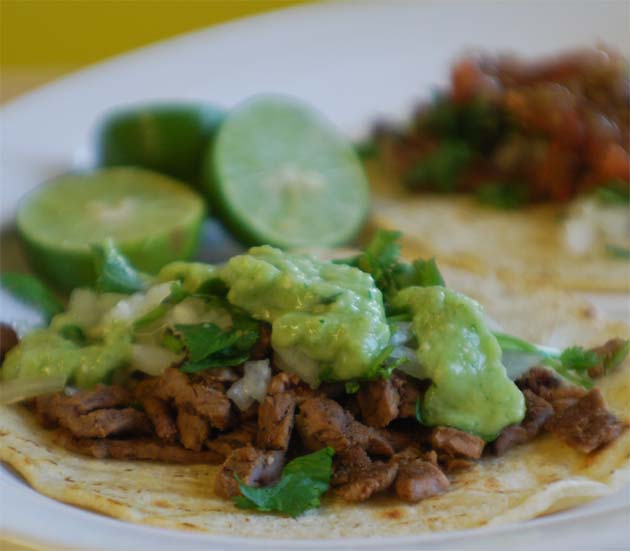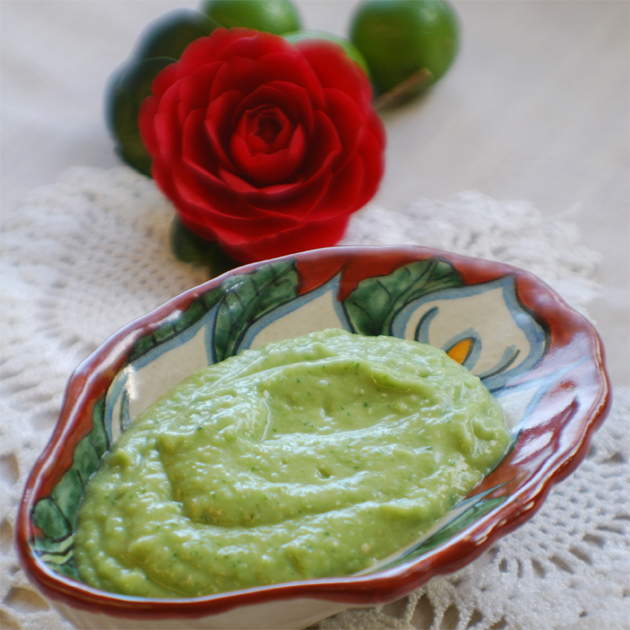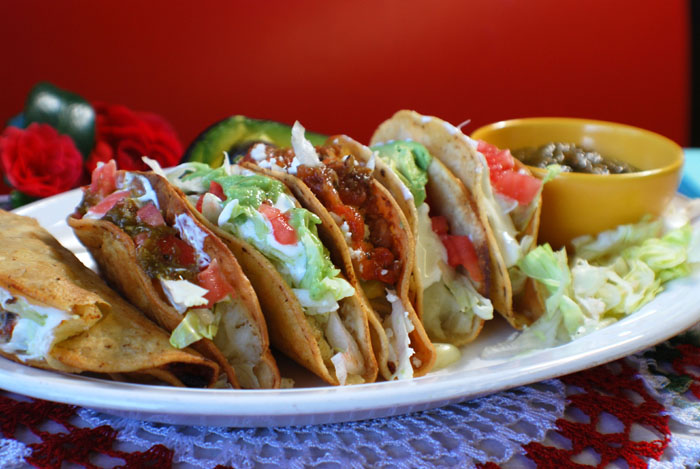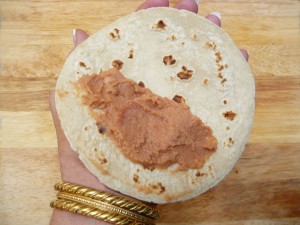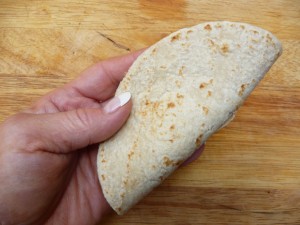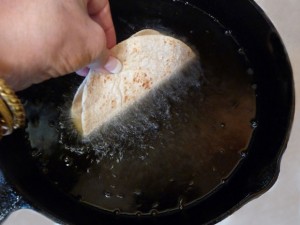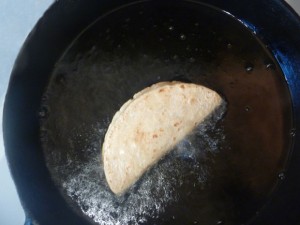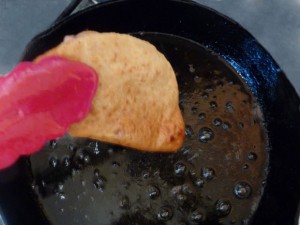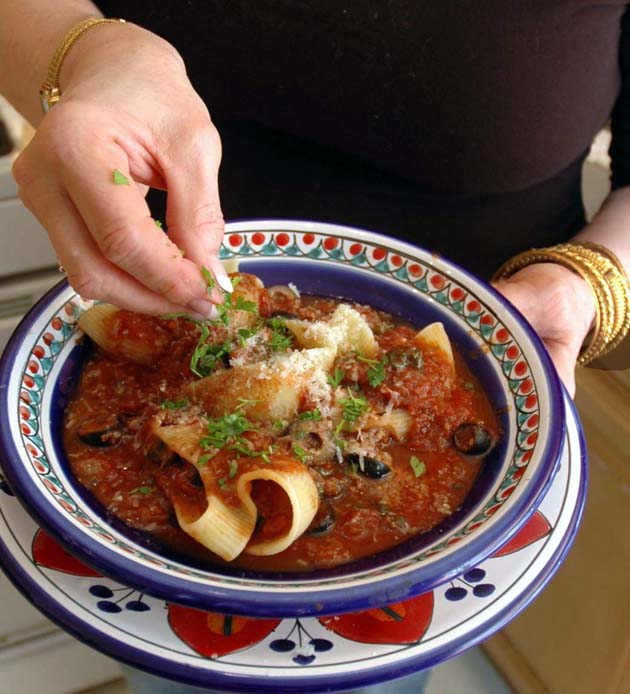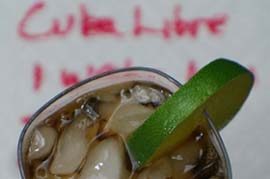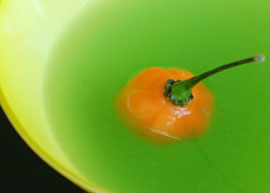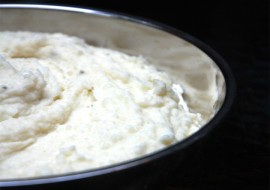Carne asada—grilled steak spritzed with fresh lime juice—is one of those Mexican classics that many diners order at restaurants but would never consider making at home. Strange since it only takes two minutes on the grill, is delicious and makes an affordable choice when planning three or four meals around one main ingredient.
Did you know that carne asada is used in tacos, burritos, fajitas, tostadas and nachos as well as with breakfast eggs and in salads? Pair it with tortillas, lots of fresh produce and homemade salsas (bottled if you must), and you will have nutritious, satisfying meals in minutes.
This week I grilled lots of carne asada for a meal with rice and vegetables and tacos de bistek with salsa de aguacate the second night. No one in my family felt they were eating leftovers because it was different and delicious.
Homemade Mexican food opens up the wonderful world of ethnic markets that serve the everyday culinary needs of their community. Unlike our mainstream western supermarkets that offer limited Mexican ingredients as pricey specialty items, these stores have a high turnover that allows for lower prices. Plus, they are great fun to explore.
Earlier this week I headed to the Mi Pueblo market for bistek (long thin, flavorful steak cut from the cow’s belly), tortillas, creamy Hass avocados, tomatillos, limes and chiles. While I depend on traditional bistek, you could easily substitute skirt steak. Be sure to tell your butcher that you are making carne asada and need it cut in half lengthwise. Otherwise it will be too thick and not work in the dish.
I couldn’t help doing a quick price comparison to my local upscale market because the difference was so apparent. Bistek sold for $5.98 a pound compared to $12 for skirt steak. Ripe avocados for my salsa were $1.25 at Mi Pueble compared to $1.49 each locally; tomatillos were $1.69 a pound compared to $2.99. Limes were 25-cents each compared to 39-cents. A package of 40 corn tortillas cost $2.50 while a dozen at my market averaged $2. These are significant savings for a family on a budget
Hungry?—let’s get started.
Day 1: Grilled Carne Asada with rice and a simple salad.
How easy is easy? You decide. Take your bistek or prepared skirt steak and sprinkle salt on both sides. Set aside. Heat a grill or dry, heavy-bottomed skillet over a medium-high flame and lightly brown the steak for 40–50 seconds (skirt steak may require more time as it’s often thicker). Adjust the heat as needed to prevent burning. Flip the steak and cook for approximately 30–60 seconds on the second side. Squeeze lime juice on both sides of the meat and serve promptly with rice and a simple salad.
Day 2: Tacos de Bistek (steak tacos)
with Salsa de Aguacate (avocado and tomatillo sauce)
A standard at taco stands across Mexico, this flavor-packed meal is super quick and nutritious. Place your carne asada on a clean working surface and cut into ¼-inch strips. Turn the strips and cut again to create ¼-inch dice. Sprinkle the meat with fresh lime juice and set aside. Warm the tortillas on a grill to soften. If the grill is “dirty” with meat juice from freshly grilled steak, even better. Fill the warm tortillas with the diced carne asada, chopped onions, salsa de aguacate and cilantro.
Salsa de aguacate is a quick blender sauce made with ripe Hass avocados, tomatillos, chiles, onion, garlic and cilantro. Chop, toss, blitz and you’re done. And the good news is that the acidic tomatillos prevent the avocados from discoloring for a day or two. A nice change from guacamole, salsa de aguacate is a great party dish served with tortilla chips.
Try these two dishes and you’ll know why carne asada is a great main ingredient when planning meals on a budget. You are only limited by your imagination. As I finished my tacos, I had to ask, how can I be on a budget when it tastes so good?
Print my Carne Asada, Tacos de Bistek and Salsa de Aguacate (avocado and tomatillo sauce) for your convenience.





